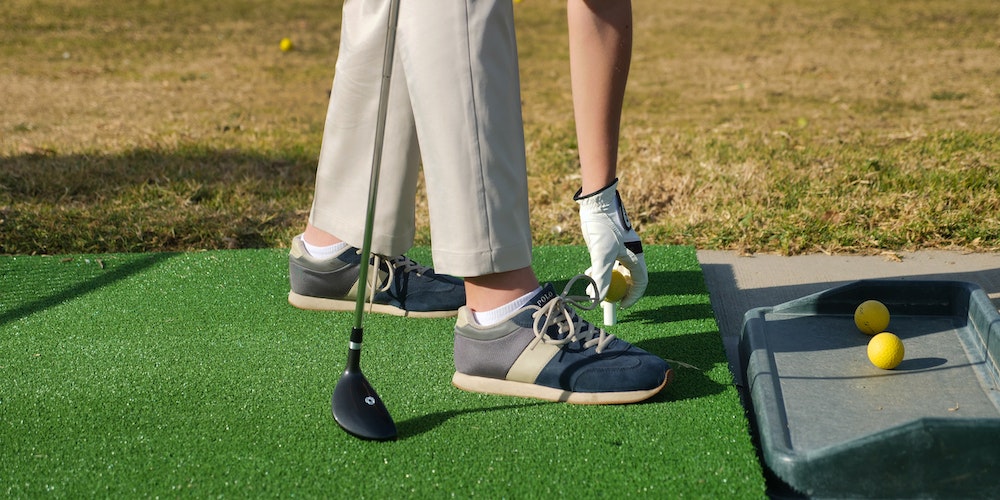This research aimed to demonstrate how wildly off-target practice may be on the Driving Range. The vast differences in how distinct Driving range balls respond to being struck from different surfaces is a major factor in this. Many golfers, myself included, must resort to mats for practice since we lack access to grass tees year-round. Golfers will frequently make comments like "boy, am I hitting it short today" or "man, I am killing it on the Range today" while practicing in such weather since the Carry Distances they achieve vary significantly from day to day. Both of these situations are possible on any given day at any given Driving Range in the globe and are not solely dependent on the golfer's current form.
In addition to the nature of the hitting surface, the quality of the practice balls is a determinant. While some facilities can afford to replace their Range balls regularly, others are stuck using worn-out balls. One such place may be a facility where the Range balls are of varying quality. Few golfers would even consider that their practice balls would be affected by whether they are wet or dry.
Process
In my research, I used a TMe3 and Normalized to a Premium ball to record all shots that were struck (15 shots each test) to ensure that all conditions were equal. The default setting for the ball while the normalizing feature is off is Hard, which is the same as the ball used at most driving ranges. I was aware that using Normalise mode would change the data. Still, I wanted it to be as similar as possible, so I could utilize the other factors to conclude the situation (it was chilly and foggy when I conducted my testing). As I did not have access to a robot to experiment, the human factor would be the primary unknown. For this reason, I settled on a player with a relatively low handicap (-2), whose club statistics should be rather stable. In order to emphasise my argument, I opted for damp and used balls rather than dry and brand new ones.
My primary considerations centred on the following factors:
- Grass-based shooting with stale, waterlogged balls
- Mat shots with damp, worn out balls.
- Aiming with grass-grown balls that are both fresh and dry
- Scattering the mat with brand-new, freshly-cleaned balls and firing off a few shots
Each time I took a wet shot, I sprayed the ball and clubface with water from a bottle and didn't dry the clubface in between swings. I used a fresh towel to wipe off the ball and the clubface before each dry shot.
Results
The area where the game was played off was utterly devoid of moisture so as not to skew the results of my research. The lesser friction, I expected all mat-played shots to have a lower Spin Rate, but that wasn't the case. The fact that shots struck with the old and damp mat balls had such a low Spin Rate was the greatest shock to me. The only thing I can think of is that the more incredible Club Speed and the fact that certain shots struck from the grass surface created a higher Spin Rate owing to a contact point someplace low on the face bringing the Gear Effect into play might account for it. Also of note is that the player's Club Speed increased when he used the grass as his striking surface, but his Angle of Attack increased when he used the mat. I can only surmise this variation because each player's swing and the preferred hitting surface are unique.


